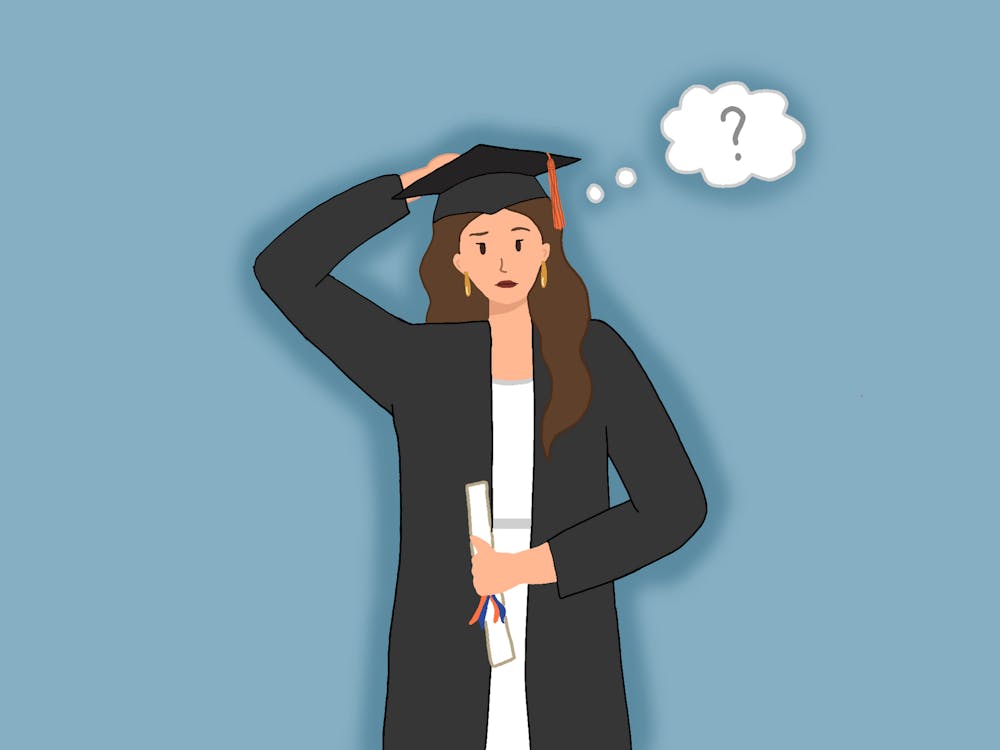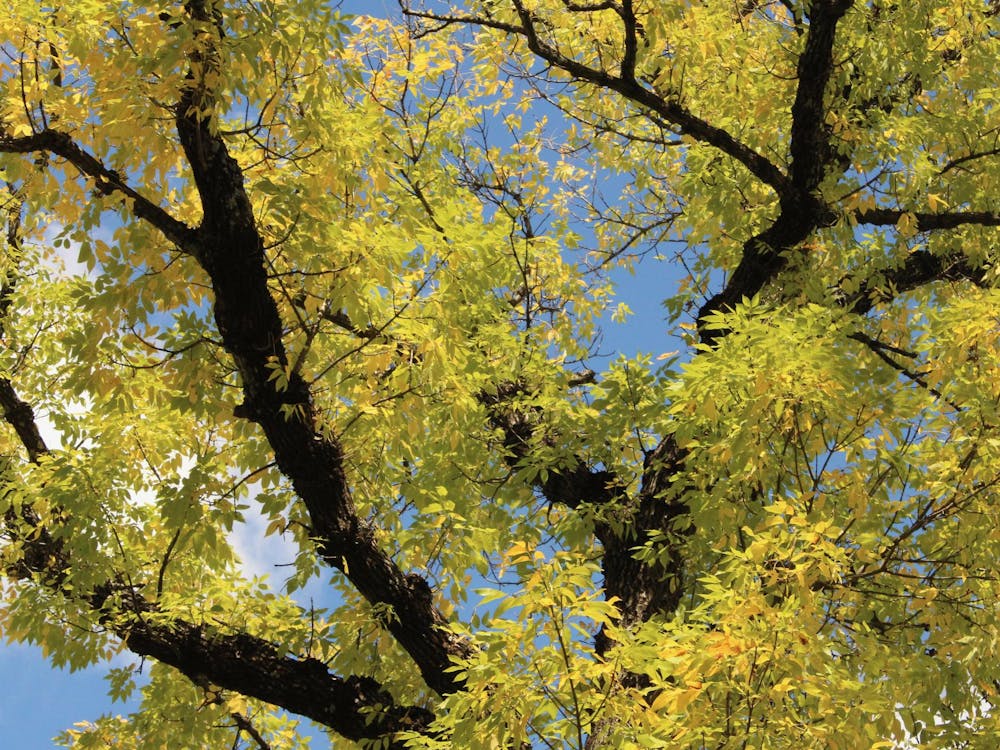The Virginia demographic data released last Thursday from the 2010 United States Census provides concrete statistical evidence of something state residents have known for several years - the commonwealth has become substantially more diverse. The trend has been particularly evident among Asian-Americans and Hispanics, with the former population increasing by 68.5 percent and the latter growing 91.7 percent since 2000. Although 'diversity' has become something of a buzzword on many college campuses, the University should be commended for working to reflect the state's demographic shift within its student body. Yet even with the remarkable progress that has been made, a racial gap persists at the University, particularly with regard to faculty, that demands attention from administrators.
The University's recent track record in student body diversification shows what it can accomplish in a short period of time. From 1998 to 2008, the most recent 10-year period for which statistics are available, the University's Asian-American undergraduate contingent rose by 25.9 percent and its Hispanic undergraduate population skyrocketed by 128 percent. The latter case is particularly impressive since enrollment growth outpaced even the increase in Hispanics among the general population during the past decade.
Throughout the past 15 years, the University also consistently has graduated about 87 percent of its black students, which is a higher proportion than at any other public university, according to the Journal of Blacks in Higher Education. This is an extraordinary feat given that the JBHE estimates that nationally only 43 percent of black college students graduate within six years, and it can be attributed largely to the University's system of financial aid and its renowned Peer Advisor Program. AccessUVA, the University's financial assistance program that meets 100 percent of demonstrated need for low-income undergraduate students, has made it possible for the University to admit promising black students - and other qualified minorities - without consideration of those students' economic backgrounds. Furthermore, AccessUVA mitigates the financial stresses that can drive many low-income minority students to drop out of college, and the Peer Advisor Program helps black students adjust to a new lifestyle that may be quite different from that in which they grew up.
Nevertheless, there remains room for improvement. The state population is 19.4 percent black, but the proportion of undergraduate students at the University who are black is only 8.6 percent. Moreover, unlike with Hispanic and Asian-American populations, this number did not grow from 1998 to 2008 - in fact, the total number of black undergraduate students actually declined during that period. Hispanic students also remain underrepresented at only 4.6 percent of the undergraduate student body despite their demographic group's rapid expansion to 7.9 percent of the state population.
Most troubling, however, is the small number of minority faculty members at the University. Among full-time faculty, only 4.9 percent are black, and the total number of black full-time faculty members increased by a marginal 8.2 percent from 1998 to 2008. Improvement in Hispanic representation has been better - the total number of Hispanic full-time faculty increased by 50 percent during that time period. Still, only 1.3 percent of full-time faculty in 2008 were Hispanic.
Addressing these skewed proportions will take time, but the University must make doing so a top priority. Without a diverse faculty, it is tough for minority students to feel truly at home at the University. In the future, this could cause qualified minority students to look elsewhere for more diverse groups of instructors with whom they will share stronger social and cultural ties. This would make it even harder to eliminate the lingering gap between white and minority student enrollment and achievement. Yet as the success of initiatives such as AccessUVA and the Peer Advisor Program prove, diversification is well within the University's grasp. If the push for student-body diversity can be extended to the realm of faculty, then observers might find it harder to see a difference between the University and the picture of the state that is presented in the 2020 U.S. Census.






